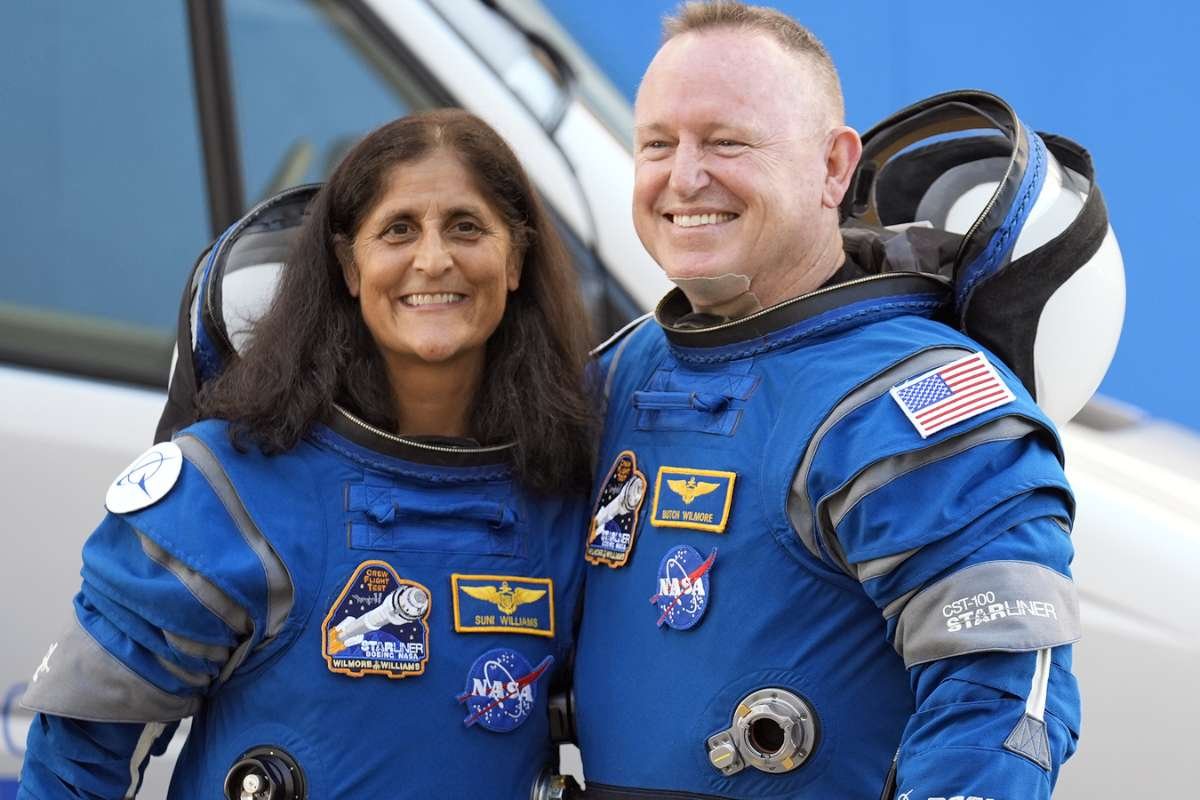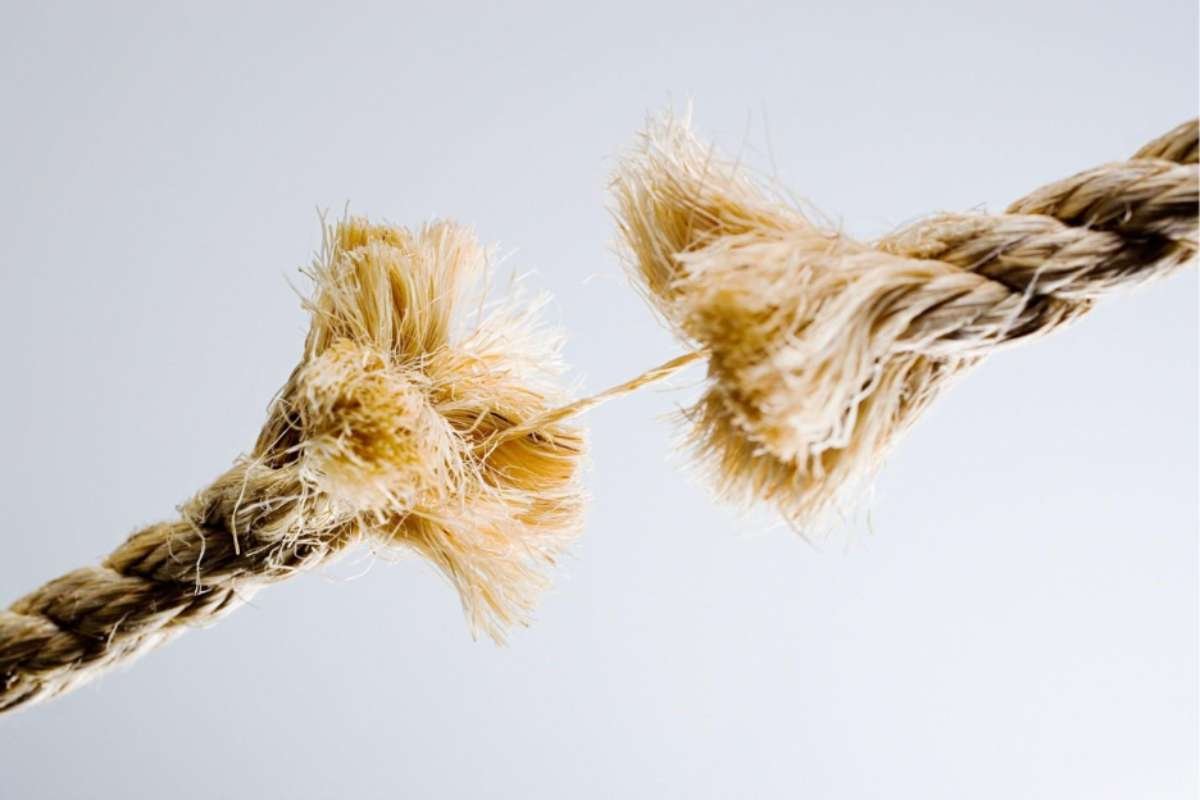Unexpected Delays Extend Mission by Nine Months
After spending an unplanned nine months in space, NASA astronauts Butch Wilmore and Suni Williams finally returned to Earth on Tuesday. Their SpaceX capsule safely splashed down in the Gulf of Mexico near Tallahassee, Florida, after departing from the International Space Station (ISS) earlier in the day. The return marks the conclusion of a mission initially intended to last only a week but extended due to spacecraft complications. Within an hour of landing, both astronauts emerged from their capsule, smiling and waving before being taken for routine medical evaluations.
Wilmore and Williams’ extended stay resulted from a flawed test flight by Boeing’s Starliner capsule last June. The duo launched on June 5 with plans for a brief stay, but technical issues forced NASA to send Starliner back to Earth without them. The astronauts were later reassigned to a SpaceX capsule, which also faced delays, pushing their return into March. The arrival of a replacement crew on Sunday enabled NASA to schedule their departure earlier than expected to avoid unfavourable weather conditions.
Wilmore and Williams completed 286 days in space for their unexpected mission, far exceeding the original plan. They orbited Earth 4,576 times and travelled 121 million miles (195 million kilometres) before returning home. Their resilience and adaptability earned them widespread recognition as they seamlessly transitioned from guests to integral members of the ISS crew.
Challenges, Achievements, and Political Implications
Despite the uncertainty surrounding their return, Wilmore and Williams continued working diligently aboard the ISS. They contributed to scientific research, equipment maintenance, and spacewalks, with Williams setting a record for the most spacewalking time by a female astronaut—62 hours across nine missions. Williams also took on the role of ISS commander for several months before handing over the position earlier this month.
Their extended stay became a focal point in political discussions when former President Donald Trump urged SpaceX founder Elon Musk to expedite their return. NASA had already been considering various solutions, but the pressure resulted in an earlier-than-expected crew rotation. The astronauts, however, remained diplomatic, supporting NASA’s decisions without assigning blame.
The NASA Astronauts’ journey captured global attention, with prayers for their safe return held at multiple Hindu temples in the U.S., reflecting Williams’ Indian and Slovenian heritage. Wilmore’s Baptist church in Houston also held services in his honour, highlighting the widespread concern for their well-being.
NASA’s Future Missions and the Road Ahead
NASA continues to rely on both Boeing and SpaceX to transport astronauts to and from the ISS until the station is retired in 2030. With Boeing’s Starliner still under engineering review, SpaceX will handle NASA’s next crewed mission, scheduled for July. The agency will decide by summer whether the subsequent crewed flight will be entrusted to Boeing or if further test missions will be required.
For Wilmore and Williams, the extended mission was reminiscent of their military deployments. While they embraced the additional time in space, it was challenging for their families. Wilmore, 62, missed most of his daughter’s senior year of high school, while Williams, 59, kept in touch with her husband and mother via internet calls from orbit.
Following their return, the NASA Astronauts will undergo medical evaluations before reuniting with their loved ones in Houston. Their unexpected journey underscored the complexities of space travel but also highlighted the resilience and dedication required to explore the final frontier.









